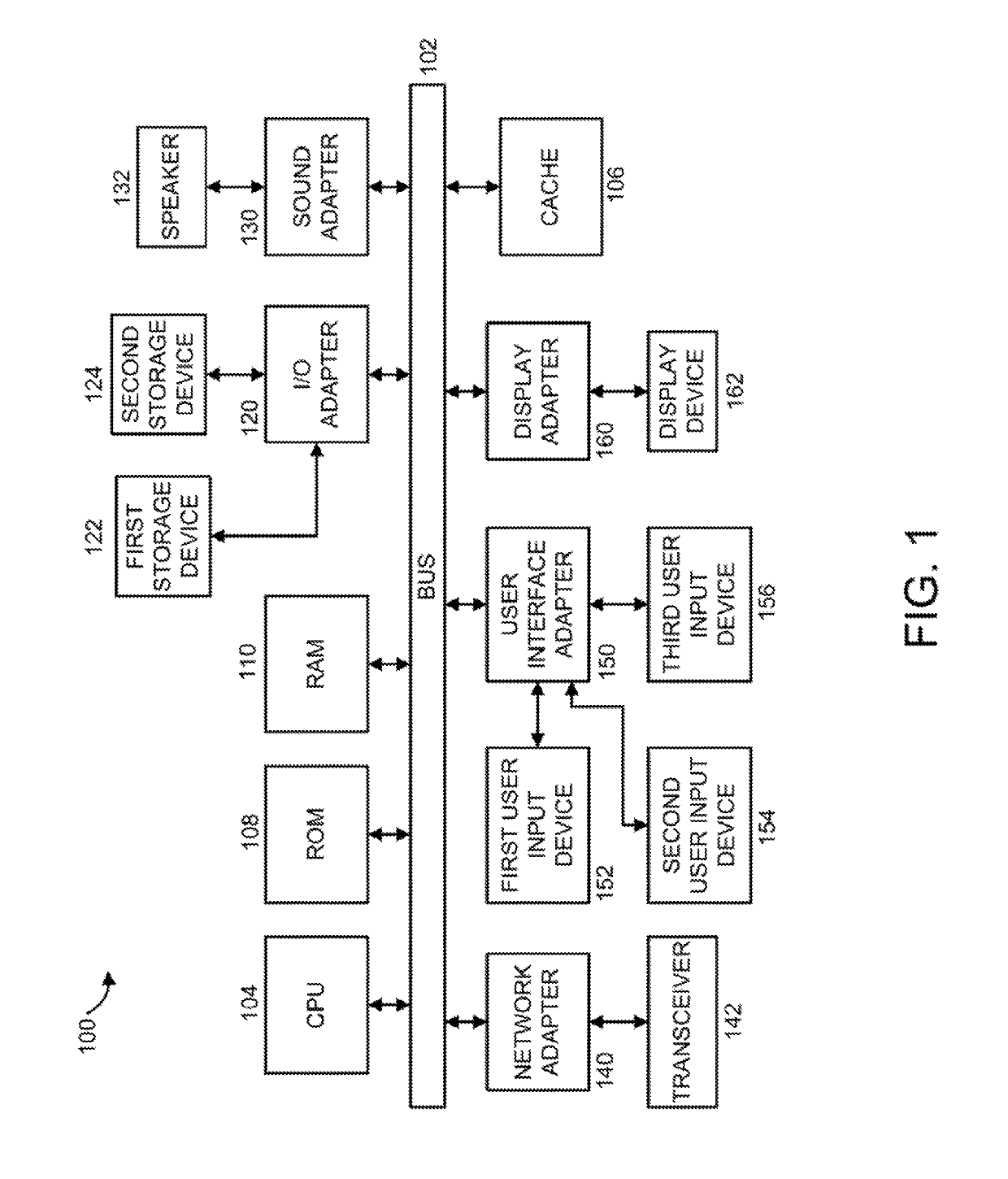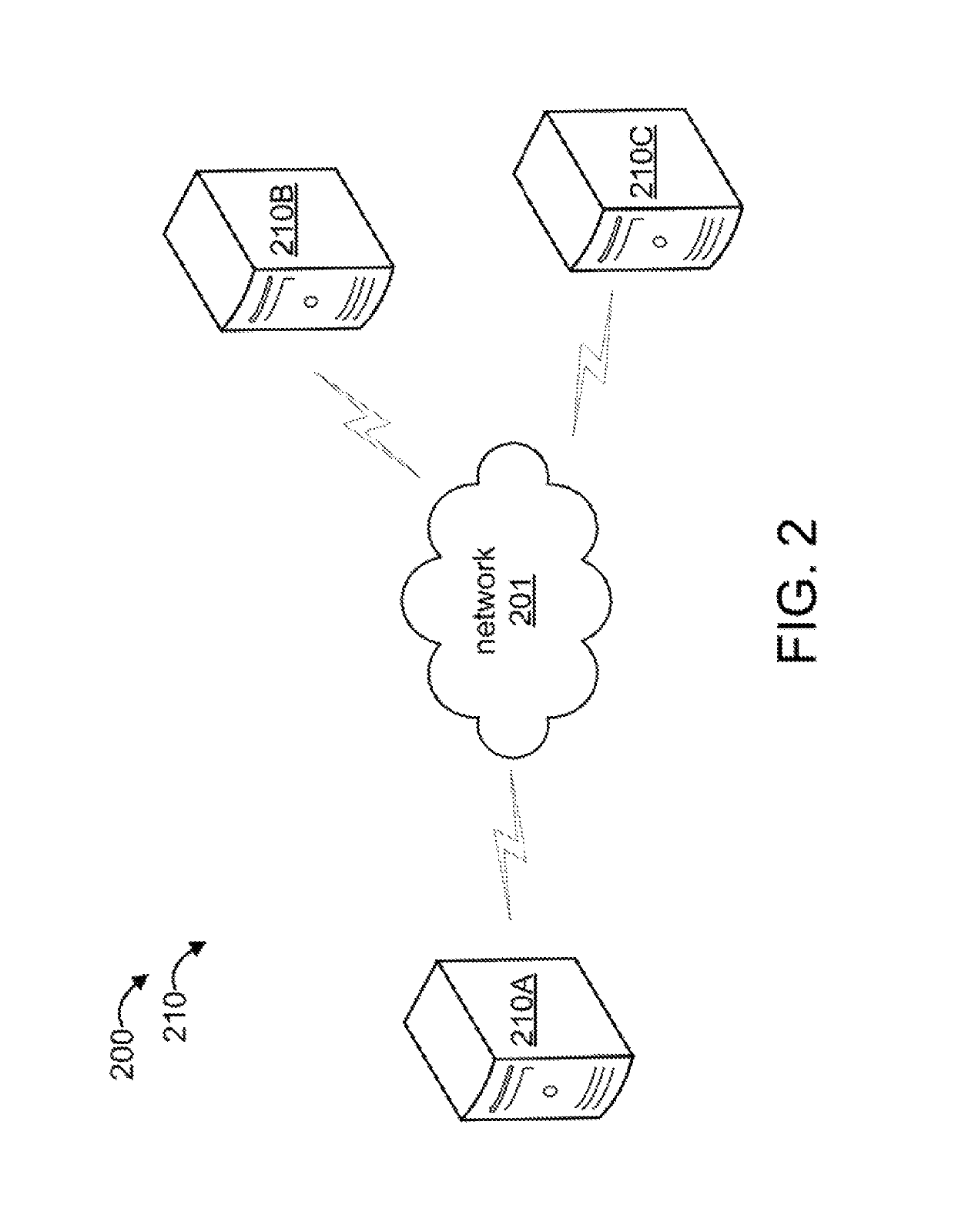System fault diagnosis via efficient temporal and dynamic historical fingerprint retrieval
a dynamic historical fingerprint and fault diagnosis technology, applied in the field of fault diagnosis, can solve the problems of difficult, if not impossible, to obtain a precise system architecture beforehand, and is usually difficult to obtain such relationships precisely, so as to achieve the effect of mitigating expected harm
- Summary
- Abstract
- Description
- Claims
- Application Information
AI Technical Summary
Benefits of technology
Problems solved by technology
Method used
Image
Examples
Embodiment Construction
[0014]Since many system faults also occur repeatedly, it is possible to diagnose system failure by retrieval from a historical symptom database. Specifically, an embodiment may extract the system fingerprint based on an invariant model, which learns the dependencies between system components. When a failure happens, a sequence of broken invariants is recorded in a binary matrix to represent the temporal and dynamic failure behavior. A fingerprint database is built to store all such historical system fault fingerprints as well as their failure reasons or possible action annotations. Then the system fault diagnosis solves the problem of symptom fingerprint retrieval, which highly depends on the similarity measurement between a query fingerprint temporal matrix and the historical fingerprint records. The case of single modal symptom retrieval and the multimodal symptom retrieval are decoupled. For a multimodal symptom, the fingerprint matrix is compacted into a feature vector, then a c...
PUM
 Login to View More
Login to View More Abstract
Description
Claims
Application Information
 Login to View More
Login to View More - R&D
- Intellectual Property
- Life Sciences
- Materials
- Tech Scout
- Unparalleled Data Quality
- Higher Quality Content
- 60% Fewer Hallucinations
Browse by: Latest US Patents, China's latest patents, Technical Efficacy Thesaurus, Application Domain, Technology Topic, Popular Technical Reports.
© 2025 PatSnap. All rights reserved.Legal|Privacy policy|Modern Slavery Act Transparency Statement|Sitemap|About US| Contact US: help@patsnap.com



